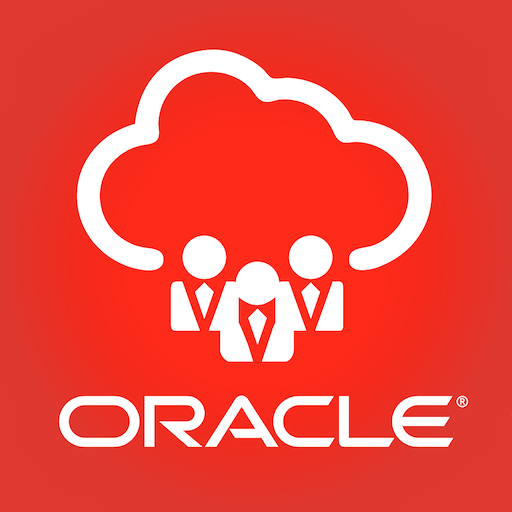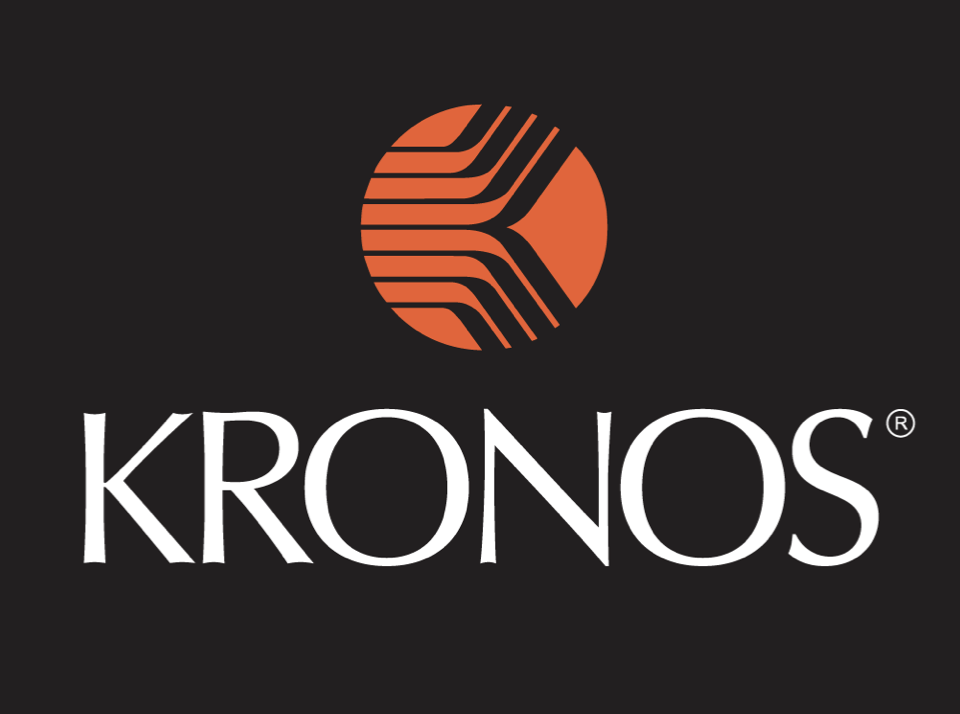1: Introduction to Collaboration and Communication Tools
1.1 Overview of Digital Collaboration in Modern Workspaces
1.1.1 The importance of collaboration tools in remote and hybrid teams.
1.1.2 Common categories of tools: Communication, file sharing, project management.
2: Communication Platforms for Teams
2.1 Introduction to Communication Platforms
2.1.1 Overview of platforms: Slack, Microsoft Teams, Zoom.
2.1.2 Using instant messaging for team collaboration.
2.2 Managing Group Chats, Channels, and Direct Messaging
2.2.1 Setting up and managing chats and channels.
2.2.2 Best practices for direct messaging and team communication.
2.3 Video Conferencing Best Practices
2.3.1 Effective remote meeting strategies with Zoom and Teams.
2.3.2 Etiquette for video conferencing in virtual teams.
3: Project Management and Task Coordination
3.1 Overview of Project Management Tools
3.1.1 Introduction to Trello, Asana, Monday.com, and Jira.
3.1.2 Setting up projects and tasks on these platforms.(Ref: Mobile Business Applications: Managing Business on the Go)
3.2 Using Boards, Lists, and Cards for Tracking Progress
3.2.1 Organizing project tasks with boards, lists, and cards.
3.2.2 Coordinating work with due dates, labels, and priorities.
3.3 Collaboration Features
3.3.1 Assigning tasks, setting deadlines, and monitoring project progress.
3.3.2 Reporting and feedback tools for project tracking.
4: File Sharing and Document Collaboration
4.1 Introduction to Cloud-Based File Sharing Tools
4.1.1 Overview of Google Drive, Microsoft OneDrive, Dropbox.
4.1.2 Using these tools for file storage and collaboration.
4.2 Collaborating on Documents in Real-Time
4.2.1 Real-time document collaboration with Google Workspace and Microsoft 365.
4.2.2 Version control and managing file access.
4.3 Integration with Other Communication Tools
4.3.1 How file sharing integrates with messaging and project management tools.
5: Enhancing Team Collaboration with Real-Time Tools
5.1 Real-Time Collaboration Tools
5.1.1 Using whiteboarding and brainstorming tools (e.g., Miro, Mural).
5.1.2 Live document editing and co-authoring in Google Docs and Microsoft Word.
5.2 Collaborative Presentations and Visual Tools
5.2.1 Tools for creating collaborative presentations: Canva, Prezi, and shared slide decks.
6: Using Automation to Streamline Collaboration
6.1 Automating Routine Tasks
6.1.1 How tools like Trello automation and Slack integrations simplify workflows.
6.1.2 Using Zapier and IFTTT to connect and automate tasks across tools.
6.2 Customizing Notifications and Alerts
6.2.1 Managing notifications to ensure team responsiveness without overload.
7: Time Management and Scheduling Tools
7.1 Scheduling and Organizing Team Meetings
7.1.1 Using tools like Calendly and Doodle for easy scheduling.
7.1.2 Managing shared calendars and time coordination.
7.2 Integrating Time Tracking with Project Management
7.2.1 Integrating time tracking features with Trello, Asana, or Monday.com.
8: Improving Team Communication and Engagement
8.1 Best Practices for Effective Communication
8.1.1 Encouraging clear, open, and effective communication across teams.
8.1.2 Reducing communication overload and improving focus.
8.2 Fostering Engagement and Participation
8.2.1 Strategies for maintaining active participation in digital spaces.
8.2.2 Building team culture through online collaboration tools.
9: Collaborating in Remote and Hybrid Work Environments
9.1 Setting Up Virtual Workspaces
9.1.1 Best practices for creating and managing virtual workspaces.
9.2 Building Trust and Collaboration in Distributed Teams
9.2.1 Ensuring inclusivity and engagement in remote and hybrid setups.
9.2.2 Case studies of successful remote teamwork.
10: Data Security and Privacy in Collaboration Tools
10.1 Security Features in Collaboration Tools
10.1.1 Understanding encryption, permissions, and secure sharing practices.
10.1.2 Managing sensitive data in shared platforms securely.
10.2 Data Compliance and Regulatory Considerations
10.2.1 Key compliance requirements, such as GDPR.
10.2.2 Managing user access and permissions in a compliant manner.
11: Hands-On Exercises and Case Studies
11.1 Setting Up a Project
11.1.1 Creating and organizing a project in Trello or Asana.
11.2 Organizing Team Communication
11.2.1 Managing team communication using Slack or Microsoft Teams.
11.3 Real-Time Document Collaboration
11.3.1 Collaborating on documents using Google Workspace or Microsoft 365.
11.4 Group Project
11.4.1 Using multiple tools to complete a collaborative team task.
12: The Future of Collaboration: Trends and Innovations
12.1 AI-Powered Collaboration
12.1.1 The role of smart suggestions, automations, and chatbots in teamwork.
12.2 Emerging Tools for Immersive Teamwork
12.2.1 Exploring virtual and augmented reality tools for collaboration.
12.3 The Role of Machine Learning
12.3.1 How machine learning can enhance communication and workflow.
12.4 Preparing for the Future of Collaborative Workspaces
12.4.1 Preparing organizations for the evolving collaboration landscape.
Conclusion
Collaboration and communication tools are no longer optional in the modern workplace; they are essential for enabling efficiency, enhancing team dynamics, and improving decision-making processes. With the variety of tools available, businesses can tailor their communication strategies to meet their unique needs and operational requirements. Whether for document collaboration, project management, or video conferencing, the right tools can transform workflows and ensure that teams remain connected and productive. As remote work and digital collaboration continue to grow, staying ahead of new trends and incorporating best practices will help organizations maintain effective collaboration and communication across teams and departments.
Reference







Reviews
There are no reviews yet.